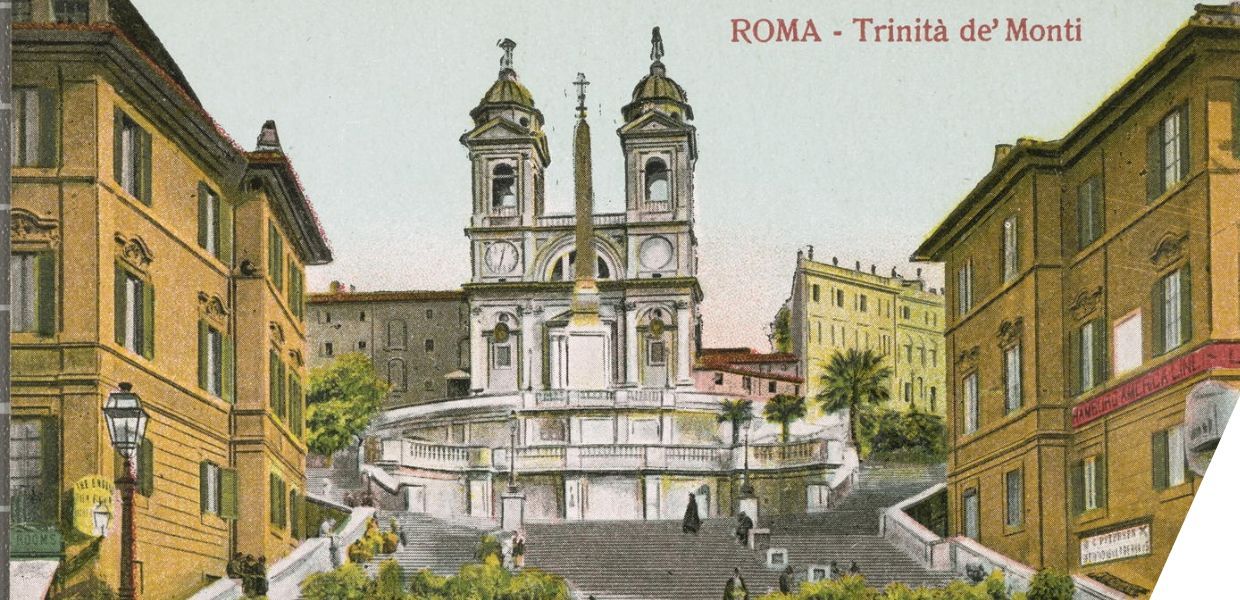The Decree
Recently, the Italian Ministry of Culture issued a Decree titled ‘Guidelines for the determination of the minimum fees for the concession of use of cultural heritage kept by national institutes and places of culture’ (D.M. April 11, 2023, no. 161). The Decree raised concerns from numerous organisations and professionals in the cultural heritage sector because it introduces minimum fees for the creation and use for commercial purposes of digital reproductions of state-owned cultural heritage, including works in the public domain. The Decree doesn’t consider grey areas where the commercial purpose is combined with uses allowed under the Cultural Heritage Code.
The Decree harms the promotion and dissemination of Italian cultural heritage, restricts the constitutional freedoms of research and expression, and limits the rights to ‘benefit from cultural heritage and contribute to its enrichment’ (Faro Convention, Article 4).
The Italian Cultural Heritage Code
The Italian Cultural Heritage Code (Legislative Decree No. 42 of January 22, 2004) states that faithful digital reproductions of cultural heritage can only be used for commercial purposes after receiving authorisation from the cultural heritage institution that kept the physical work, and after payment of a fee.
Until now, according to a broader interpretation of the Cultural Heritage Code, each cultural heritage institution could decide whether to provide for authorisation and claim payment (Articles 107 and 108).
However, the new Decree introducing minimum fees significantly restricts the discretion granted to Italian state-owned cultural heritage institutions. The effects of the new provisions will affect smaller institutions that often find it more convenient not to charge fees, for the benefit of promoting the institution and the cultural heritage itself; and in terms of cost savings for implementing the authorisation and fee system.
Implications for the public domain
The provisions in the Cultural Heritage Code and the Decree exist outside of copyright law. They apply regardless of whether a particular cultural heritage artifact is no longer protected by copyright.
As a result, even when materials are in the public domain, and could, from that perspective, be reproduced and disseminated without restrictions, the limitations placed by the Cultural Heritage Code and the Decree still apply. The Italian Cultural Heritage Code therefore limits the public domain, which is now explicitly safeguarded at a European level by Article 14 of the Copyright in the Digital Single Market (CDSM) Directive.
The Italian implementation of Article 14 of the CDSM Directive has raised numerous concerns. According to Article 14, no neighboring rights protection (a ‘lower’ type of copyright protection) can be claimed on reproductions of works of visual arts in the public domain. While this Article seeks to safeguard and maintain the public domain status in the digital realm, Article 32, quater of the Italian Copyright law (Law n. 633 of April 22nd, 1941), transposing Article 14, makes an explicit reference to not override the Cultural Heritage Code, which effectively limits the practical effect of Article 14.
The Decree is already harming the dissemination of Italian cultural heritage and knowledge sharing. Many National Institutions that would have applied Open Access policies now have to apply the fees provided by the Decree without having the possibility of choosing the strategy that best suits their characteristics.
How the Decree takes a step back from the previous status
Regarding the publishing industry, the Decree increases the fees for reimbursement. It mandates the payment of a fee for publishing products with a cover price exceeding 50 Euros and a print run exceeding 300 copies.
The Decree contradicts the Guidelines for the acquisition, circulation and reuse of reproductions of cultural heritage in the digital environment issued by the Central Institute for the Digitisation of Cultural Heritage - Digital Library of the Ministry of Culture (during the previous Legislature) - in June 2022 as part of the National plan for the digitisation of the cultural heritage. The guidelines explicitly recommended that the publication of images of the state-owned cultural heritage in any publishing product should be free of charge, irrespective of the cover price and the number of copies printed.
The provisions of the new Decree are even worse than those of the Ministerial Decree of April 8, 1994, which established free fees to monographs with a cover price of up to 70 Euros and a circulation of 2,000 copies, as well as all periodic publications.
The Decree also disregarded the opinion of the Italian Court of Auditors, which published Resolution No. 50/2022/G about ‘Information technology expenses with special regard to the digitisation of Italian cultural heritage’, highlighting that the costs of the implementation of the fee system often exceed the revenue generated by the fees themself.
How the Decree introduces complex and deficient legislation
The Decree presents numerous problems from the perspective of implementing Open Access policies. It also introduces several ambiguities that can negatively impact cultural heritage institutions and the rights of those who use them. One such issue is the lack of clarity if the user independently reproduces cultural heritage for non-commercial purposes. Furthermore, the Decree fails to address a wide range of scenarios where the commercial purpose may only be indirect, and the use falls within the exceptions provided for in Article 108 of the Italian Cultural Heritage Code such as (personal use, studying, research, free expression, enhancement, and creative expression).
What you can do
If you would like to learn more about the issues raised in this post, we invite you to join the Europeana Network Association copyright community and to follow the work of the Article 14 Task Force. We also invite you to follow the activities of the Creative Commons Italy Chapter and read the CC Italy Chapter observations on the recent Decree on minimum tariff.



